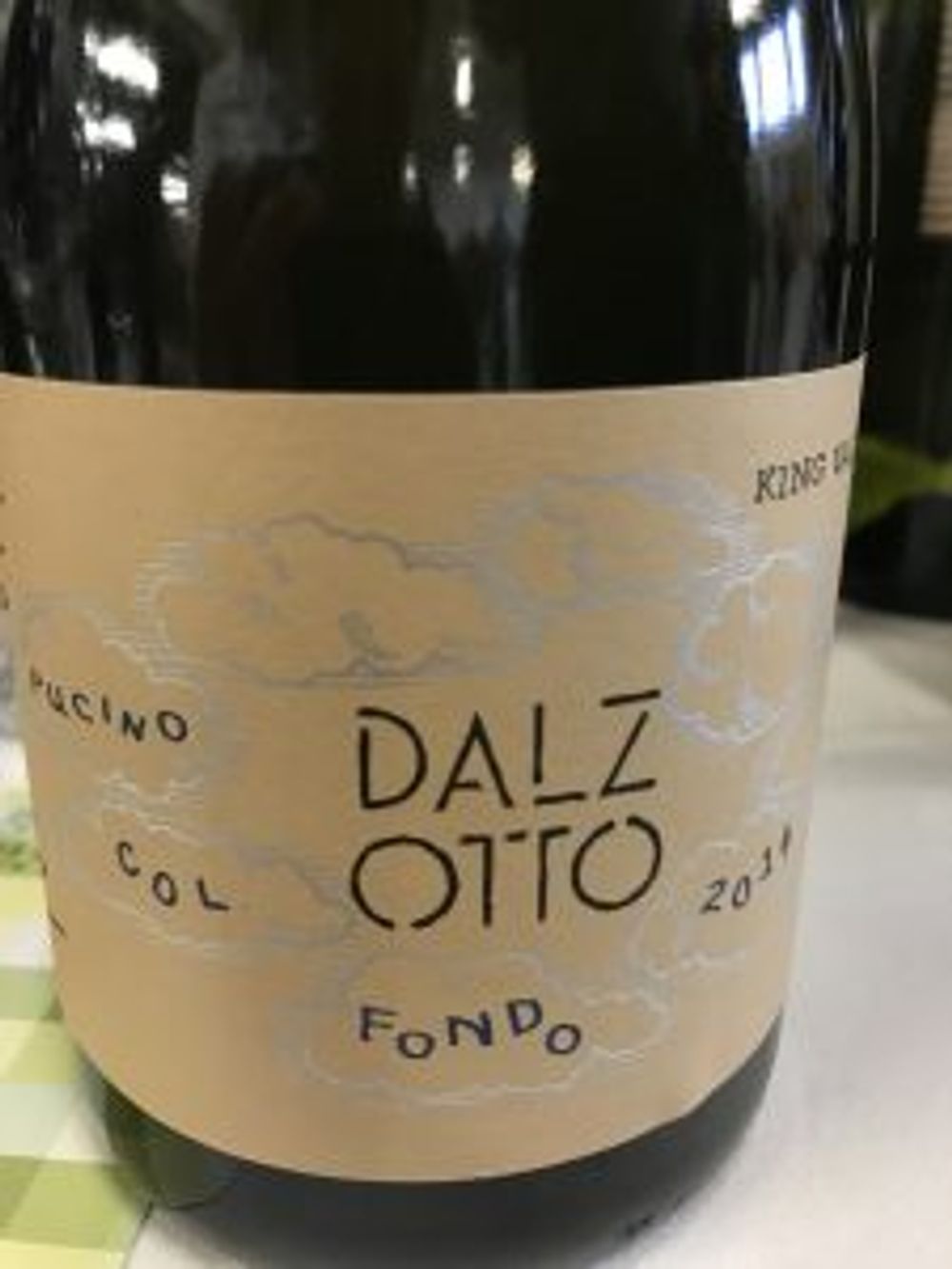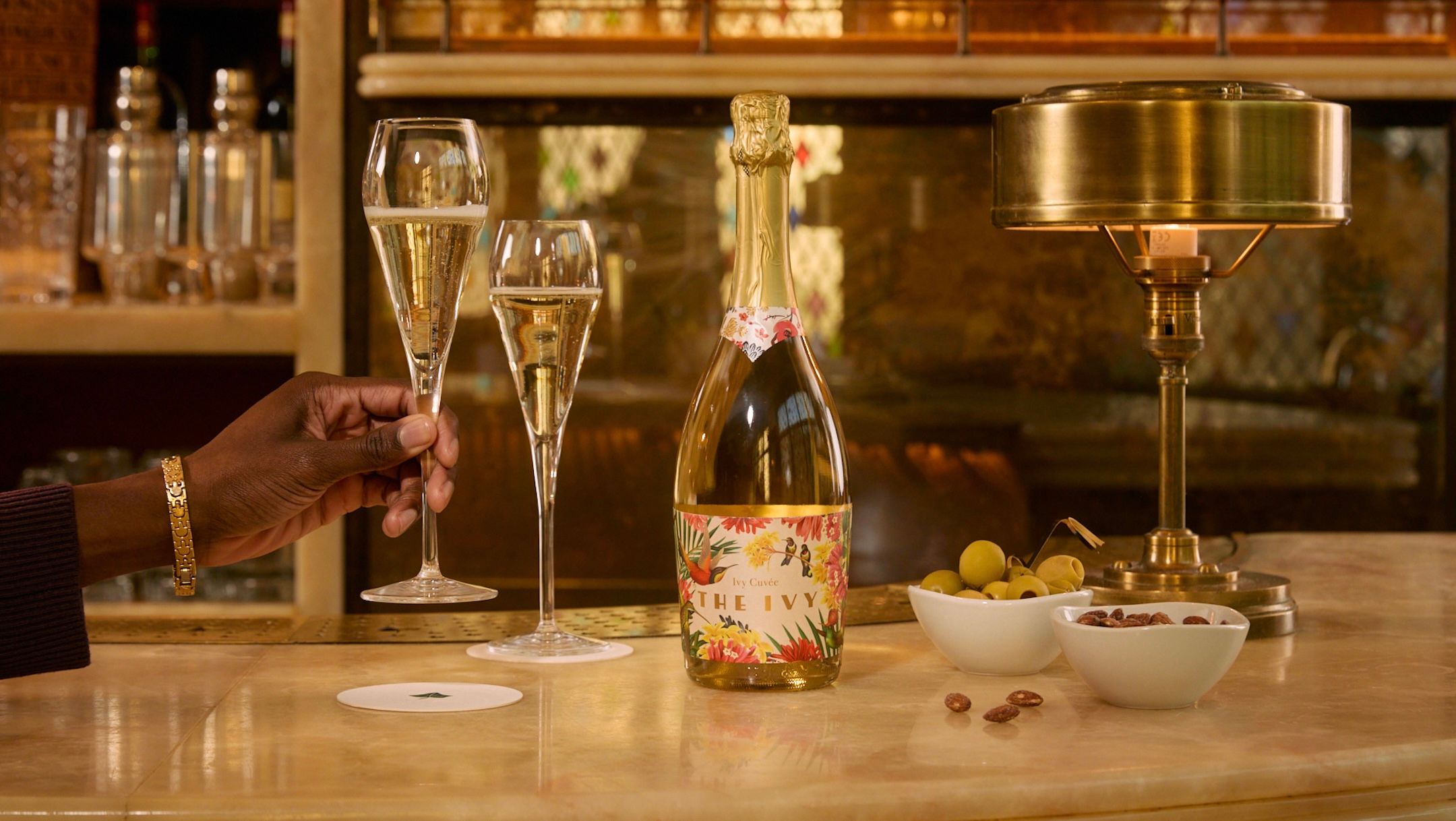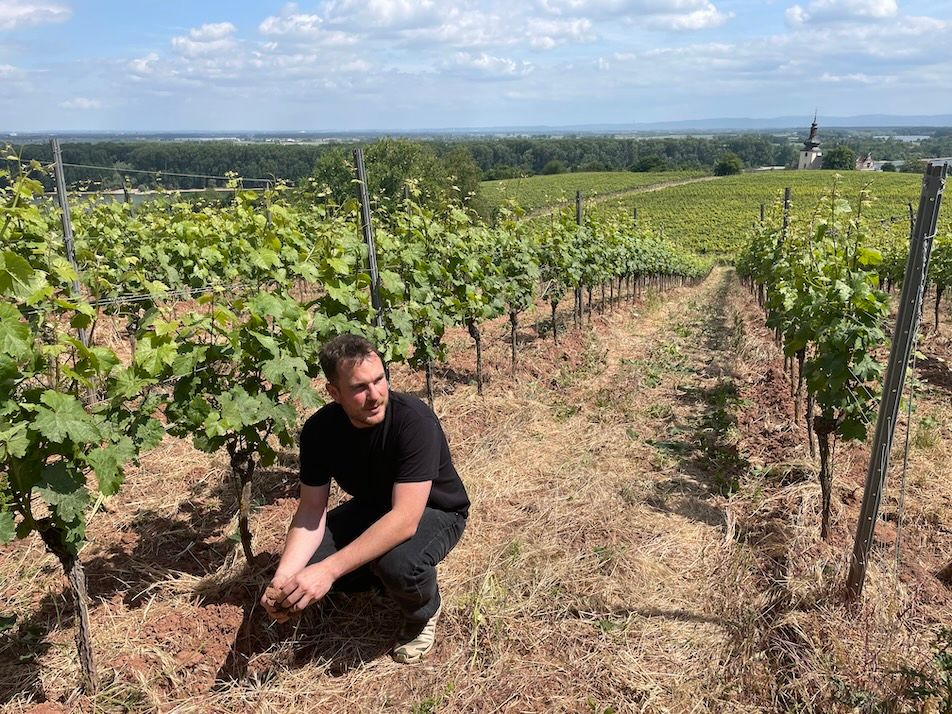A willingness to try the untested and find the right varieties to grow in the best regions is helping Australia re-invent itself for the premium on-trade.
There were times at this week’s Australia Day tasting that you thought had stumbled in to an Italian wine tasting by mistake such were the number of Fianos, Nebbiolos and Primitivos on show.
But that’s just the message that Wine Australia and the countless number of wine producers and winemakers that had made the trip from Down Under wanted to give.
Yes, our supermarket shelves might be full of cheap and cheerful and fruity branded Australian wines, but the wines they hope will find their way on to discerning and premium wine lists are chalk and cheese to what is on sale in the mainstream off-trade.
So much so that it was hard to find a major branded wine at this week’s tasting. Unless you throw Penfolds in to the mix.
If you missed it, it was a good, fun, interesting and dynamic tasting and those in Scotland can do it all again, albeit on a smaller scale, at its Edinburgh event tomorrow.
Time for something different
The London tasting, held at a typically underground cavernous space known as B1 close to Holborn tube station, was the kind of event that can give a country a good name. Or at the very least a reputation for trying to rip up the tried and tested and doing something completely different instead. Which has not always being the feeling you’ve had coming away from an Australia Day tasting.

Laura Jewell MW, the UK and European wine head of Wine Australia, said there were wines at the tasting ranging in price from £3.75 to £158 a bottle. We didn’t come across either but found a whole heap in the middle. Which meant the 224 wineries present had read the memo and packed and brought wines to tantalise and interest the over fed wine palate of an average UK wine buyer.
Summarising such events is always a dangerous game to play as you can only really scratch the surface of what was on offer. But there appeared to be a two very distinct camps on show. Both equally persuasive.
On the one hand were those with mainly the traditional Australian wines to show, centred around different styles and approaches to Chardonnay and Shiraz. All able to show the nuances and depths of understanding there now is in how to make very different styles of both from different regions and terroir, with cool climates wines particularly to the fore.
Step forward, in particular, the wonderfully textured Wakefield wines that stand as a benchmark for many to follow.
Then there was the Monty Python set, hell bent on showing us that all that is different, weird and wonderful coming out of Australia. Many had already made a name for themselves at Australia’s inaugural Artisan tasting last year. Others were keen to show what they could do for the first time, under the rather unexciting label of “alternative varieties” which does not really do them justice.
Going Italian
Noticeably the number of “alternative” Italian varieties on wines, that were as much a homage to the mother country as they were winemakers looking to create wines better suited to the soils and conditions of where they are based.
Jewell believes the new wave of Australian wines based around Italian and Mediterranean varieties are far from being just a fad. They are developing in to a serious category in their own right and giving winemakers the opportunity to use different grapes styles that could be better suited to their soils and conditions than more traditional varieties. Offering sommeliers and UK buyers good value, food friendly, fruit driven wines in return.
She picked out some eye watering figures of just how well Italian-based wines are doing in the UK independent and on-trade sectors, albeit from a low base:
- Fiano is up 273% to A$162,000 worth of UK exports.
- Vermentiono is up 185% to A$227,000
- Sangiovese is up a further 83% to A$396,000
- It’s not just Italy either with Touriga Nacional up 575% to A$43,000.
Now such wines might only be competing for a tiny amount of space on premium UK wine lists, but they arguably stand a better chance of being picked up than just another top quality, award winning buttery Chardonnay.
Italian stars
Nik Darlington and Red Squirrel Wine had, as ever, picked out one of the stars of the Aussie Italian wine scene with Dal Zotto Wines, which like so many of the Italian winemakers have set up home in the King Valley district of North East Victoria close to Melbourne.

Dal Zotto Pucino Col Fondo…just don’t call it Prosecco
Famous not just for their range of Italian-style wines, but for also being the first to plant and make Prosecco, going back as far as 1999. But whilst you can legally make and sell Prosecco in Australia, it can’t be traded as such in the UK, so Dal Zotto has created a new brand, “Pucino”, for Red Squirrel and the UK market.
Christian Dal Zotto, marketing manager for the family’s business (pictured with Nik Darlington), says it has certainly helped the winery stand out and his father, Otto, is fiercely proud and happy to be have been able to bring Prosecco, from the region Valdobbiadene where he was born, to Australia.
But it is far from being a gimmick, it is about making the right wine for their area, he stresses. “It is about paying attention to the terroir and not just looking to do another Shiraz.”
Italian varieties, he adds, are ideal to cope with what are the huge differences in temperature between day and night in the King Valley which can go from 37 to 40 degrees celsius down to below zero. “This is an opportunity to really develop Italian varieties like they have not been before. Where there can be so much more intensity in the fruit, but still maintain the freshness. We can make our mark with these wines.”
The Italian winemaking scene is, stresses Jewell, a good example of the level of experimenting and development going on across the Australian wine sector as a whole. “Producers are looking for different varieties that can work really well in certain regions,” she says. “It might still be less than 3% of total production, but it is helping to raise the profile of Australia as a whole.”
It is just about making a Tempranillo, for example, in Australia, it is about making a wine that is distinct to that variety in that country. “We are not trying, for example, with Tempranillo to make a Rioja in Australia.”
Two way feedback
Which makes this week’s round of tastings in London, Edinburgh and Dublin so important. Not just to be able to show buyers the country’s latest wines and releases, but for producers and winemakers to talk to buyers about is working and selling in the UK and Irish markets.
“They can come to these tastings and hear first hand from buyers how their wines might be able to fit on to their lists,” she explains. “Do they still offer them value for money.”
After this week’s round of tastings Jewell said she was looking to host a serious of masterclass and specialist tasting events in the UK and Europe throughout the year where they can throw the spotlight even more in these emerging and interesting areas.
Wine Australia is also hoping to get much closer to the needs of the major wine importers and distributors of Australian wine in the UK. Emma Symington MW is, for example, going to be hosting and working with specialist importers to better understand their ranges as well as sharing further trends and insights to help their buying and selling teams out in the trade.
It is the first time Wine Australia is looked to engage with major distributors in such a direct way, but with so much going on it makes perfect sense and can hopefully help get the right messages and the best wines down the supply chain to sommeliers and on-trade buyers.








































